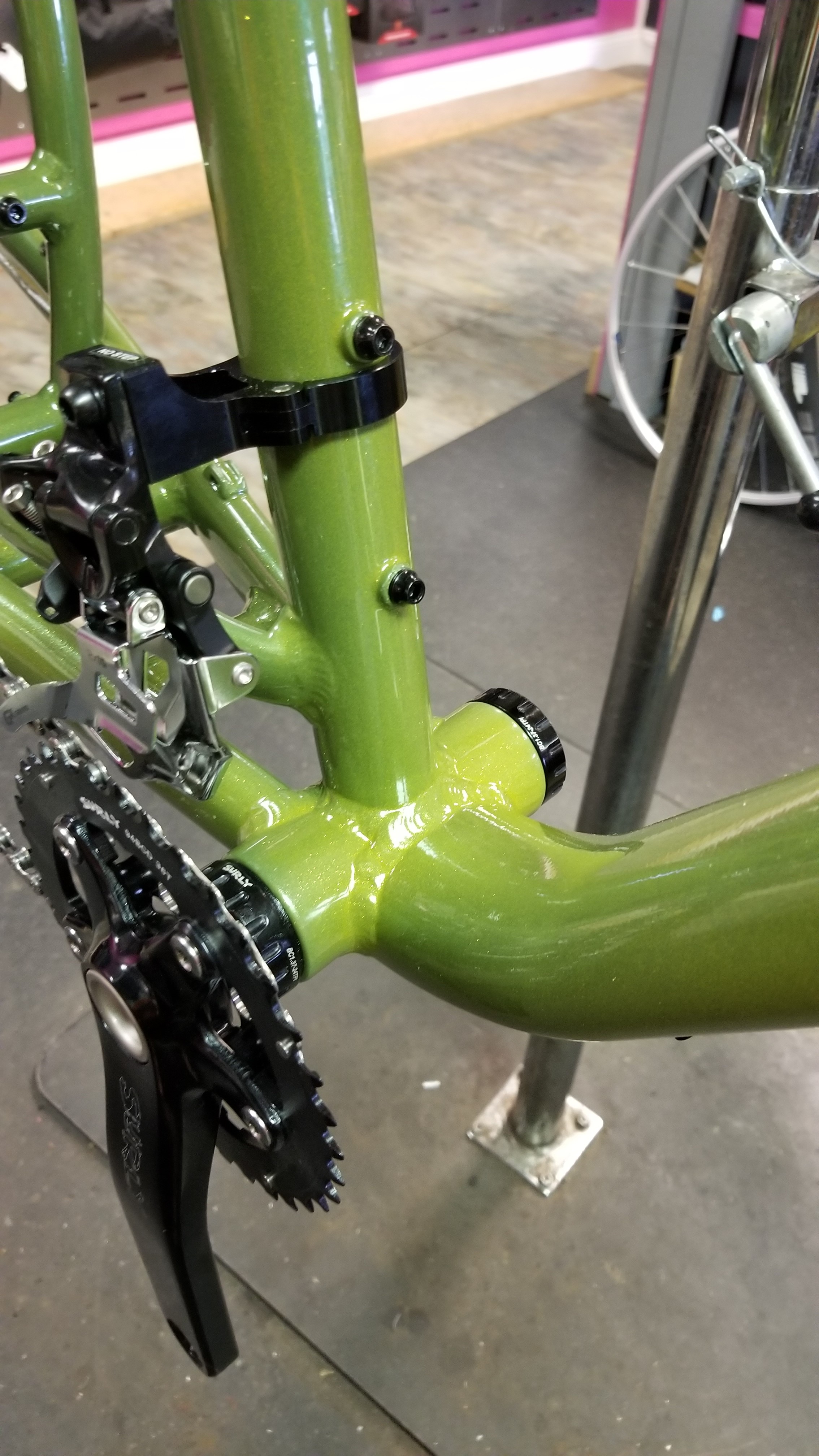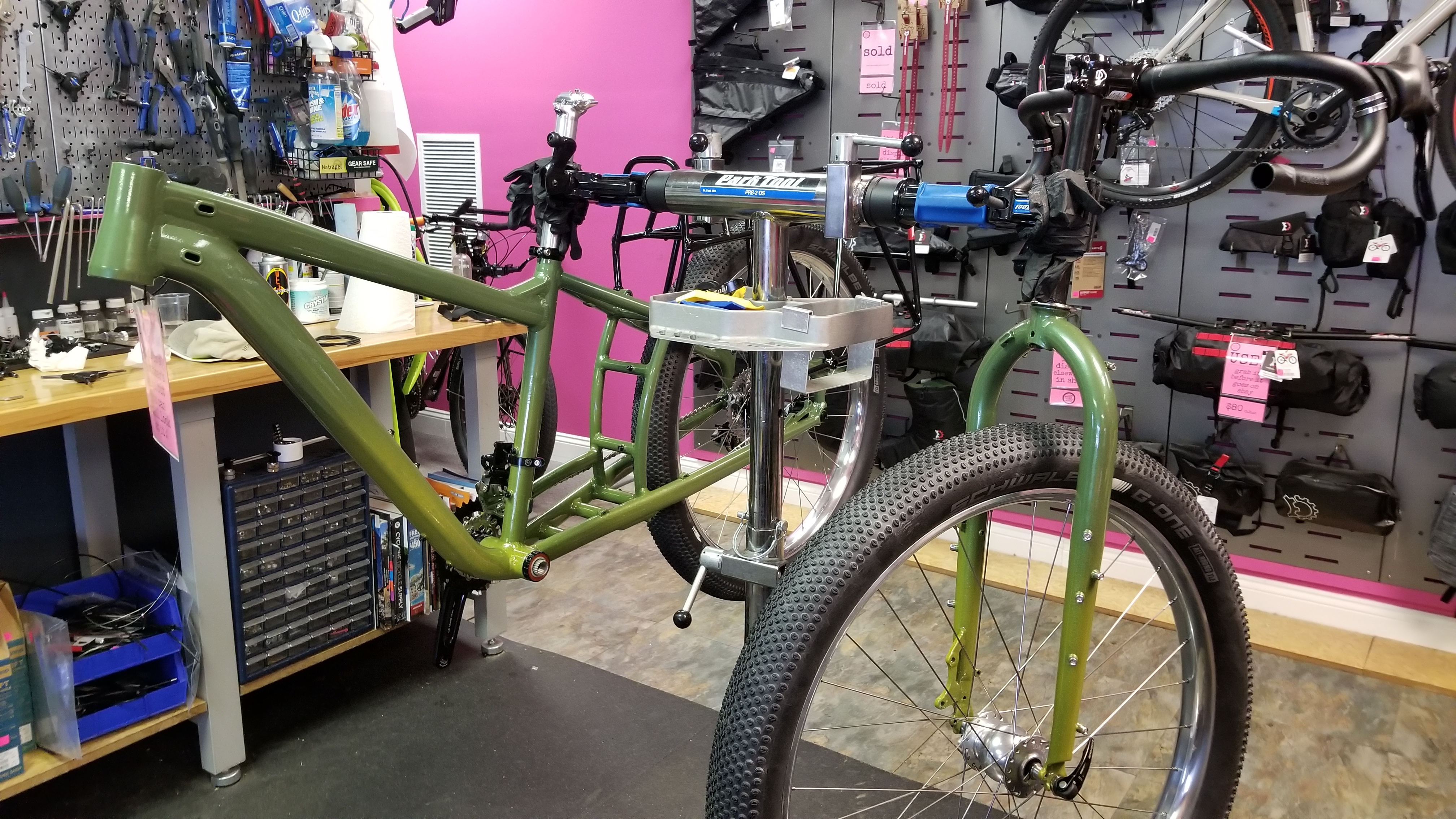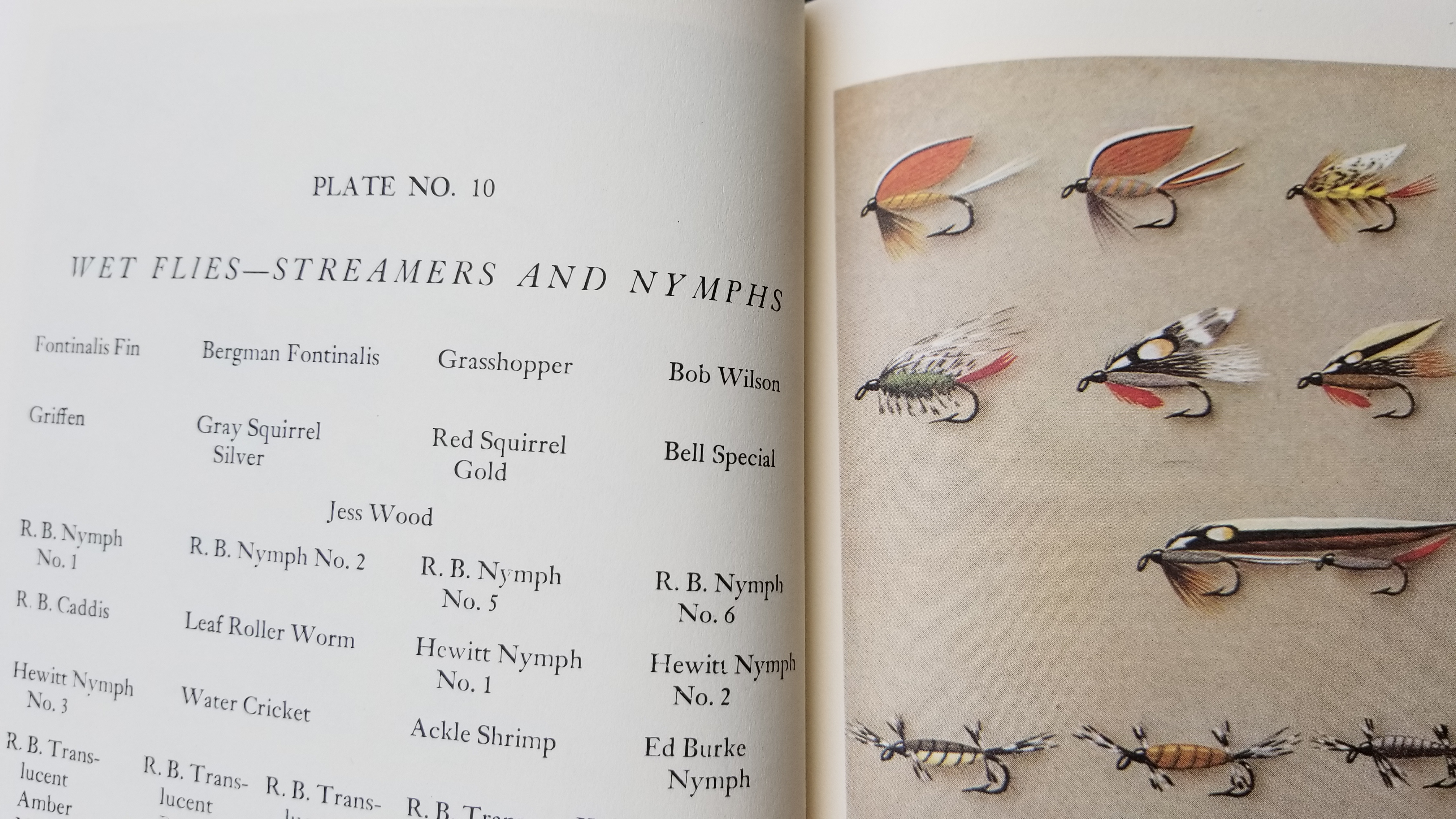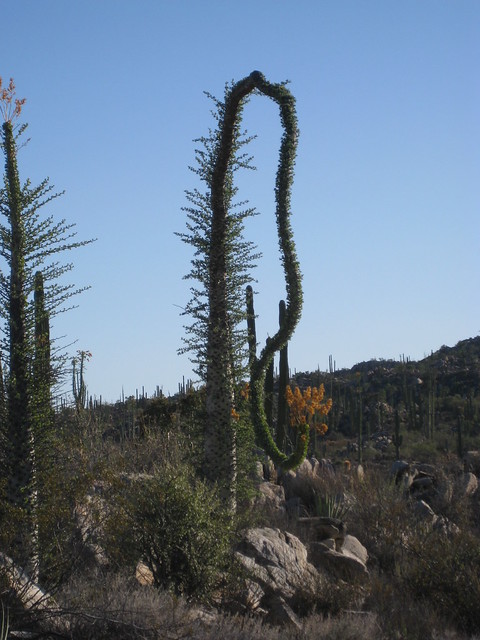A: You mean now?
I chanced on this WaPo piece on the health effects of being on the west edge of a time zone and it resonated with something I’ve been thinking about a bit. My daily activity is matched to actual sun position; earlier in the trip the question was, “When will the sun be high enough to warm the tent?” and over the past week, as temps have pushed triple digits, the question changed to, “When will there be enough light to break camp and head out before the sun does its inferno thing?” Depending on where I am in a time zone, the sun/wall clock time match can be no big deal, or a bit of a problem. I noticed it most in west Texas because the sun didn’t set ’til extra late (wall clock time) and stores tended to close relatively early, thus I needed to pay attention to resupply concerns well before I was ready to wrap up the day’s ride. And start times were a little jarring, too – getting up with the sun but not being on the road before, say, 9:30 felt odd. It’s worth keeping in mind that standardized time was very much a product of the industrial revolution, especially railroads. As much as I love trains, I have to give the whole enterprise a failing grade There’s an aspect of fetishization – valorizing wall clock time (and the scheduling needs of capital) over the health and safety of human beings. I’m not saying we should throw the clock out the window, but the notion that folk’s schedules should have no connection to their circadian needs is BS. Howard Mansfield wrote a good book about the development of standardized time: Turn and Jump – recommended.
Before I turn and jump to the travelogue, one more time zone note. Coming into Portal, AZ, my phone kept switching time in hour increments. I couldn’t figure what was going on until I remembered that Arizona, with the significant exception of the Navajo Nation, does not observe Daylight time, so they’re effectively on PDT in the summer. Duh. I’m guessing time zone wobble on one’s cell phone is a pretty bike-tour specific malady: in a car one is going fast enough to switch from towers in one time zone to another definitively, hiking one is traveling slowly enough to do the same, but on a bike, especially moving north/south on a boundary, time, um, changes.
More…








